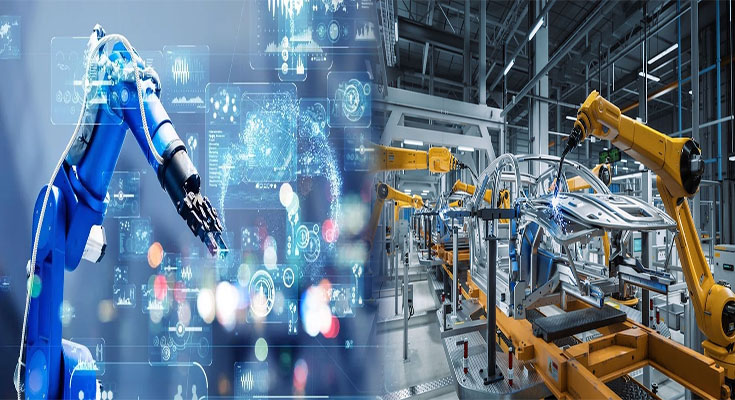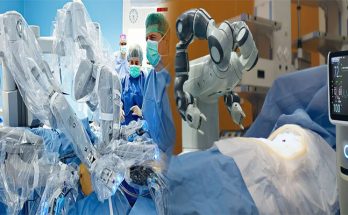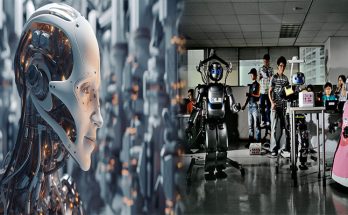In recent years, the manufacturing industry has witnessed a significant shift towards automation and robotics. Industrial robotics, in particular, has emerged as a driving force in the age of automation, revolutionizing the way products are made. In this article, we will explore the trends and advancements in industrial robotics in smart manufacturing.
1. Collaborative Robots (Cobots)
Collaborative Robots, or Cobots, are a new generation of robots designed to collaborate with human workers in the manufacturing environment. Unlike traditional robots that are isolated from humans, Cobots can work alongside humans, assisting them in tasks that require precision, strength, or repetitive actions.
Cobots enhance productivity by automating repetitive and mundane tasks, while allowing human workers to focus on more complex activities that require creativity and problem-solving skills. This trend in robotics promotes a harmonious relationship between human workers and machines, leading to increased efficiency and flexibility in manufacturing processes.
2. Artificial Intelligence (AI) Integration
The integration of Artificial Intelligence into industrial robotics is transforming the way machines interact with their environment. AI-powered robots have the ability to learn, adapt, and make decisions based on real-time data and insights.
With AI integration, robots can analyze vast amounts of data, detect patterns, and optimize production processes. They can also learn from human operators, gaining knowledge and improving their performance over time. This trend in industrial robotics is drastically improving efficiency, quality control, and overall productivity in smart manufacturing.
3. Internet of Things (IoT) Connectivity
The Internet of Things (IoT) is playing a crucial role in connecting industrial robots and enabling seamless communication between different systems and devices within smart manufacturing environments. IoT connectivity allows robots to share data, collaborate, and make real-time adjustments based on changing circumstances.
By leveraging IoT connectivity, manufacturers can monitor and control their robots remotely, access analytics and insights, and ensure smooth operation of their manufacturing processes. This trend is enhancing flexibility, efficiency, and agility in industrial robotics, enabling manufacturers to adapt to changing market demands.
4. Predictive Maintenance and Autonomous Robots
One of the key trends in industrial robotics is the adoption of predictive maintenance techniques to minimize downtime and optimize robot performance. Through sensors and data analysis, robots can detect signs of wear, anticipate potential failures, and schedule maintenance proactively.
In addition, autonomous robots are being developed to perform maintenance tasks on other robots, eliminating the need for human intervention in routine maintenance activities. This trend ensures that robots operate at peak performance, reducing costs and optimizing productivity in smart manufacturing facilities.
5. Robotics as a Service (RaaS)
The concept of Robotics as a Service (RaaS) is gaining traction in the industrial robotics industry. RaaS allows manufacturers to access industrial robots as a subscription-based service rather than purchasing and maintaining them outright. This trend provides greater flexibility and scalability for manufacturers, enabling them to adapt their production capacity based on demand.
By adopting RaaS, manufacturers can leverage the latest robotic technologies without the heavy upfront investment. It also allows them to easily upgrade or replace robots as new advancements are made in the field. This trend democratizes access to industrial robotics, making them more accessible to small and medium-sized enterprises.
Industrial robotics is at the forefront of the automation revolution in smart manufacturing. Collaborative robots, AI integration, IoT connectivity, predictive maintenance, and Robotics as a Service are some of the key trends that are reshaping the industry.
As manufacturers embrace these trends, they can enhance productivity, improve quality control, and increase operational efficiency. The age of automation is driven by these advancements in industrial robotics, promoting a future where human workers and machines collaborate to unlock new levels of innovation and productivity in the manufacturing sector.





